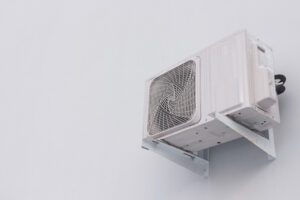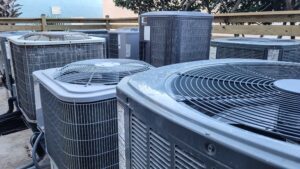During the hot summer months, one of the biggest concerns for homeowners is the rising cost of air conditioning. As temperatures soar, so do the energy bills. However, there are steps you can take to keep your AC costs in check without sacrificing comfort. In this article, we will explore different strategies to help you lower your AC costs and stay cool all summer long.
Understanding Your AC System
Before we dive into specific tips and tricks, it’s important to have a basic understanding of how your AC system works. Your AC unit plays a crucial role in energy consumption. It’s responsible for cooling the air and distributing it throughout your home.
When your AC unit is turned on, the refrigerant inside the system absorbs the heat from the indoor air. This process cools the air, which is then circulated back into your home through ducts and vents. The compressor in your AC unit plays a key role in pressurizing the refrigerant, allowing it to absorb heat effectively.
The Role of Your AC Unit in Energy Consumption
Did you know that your AC unit can account for a significant portion of your energy bill? It’s true. On average, AC units consume about 5% of the total energy used in U.S. households. This makes it one of the largest energy-consuming appliances in your home.
During hot summer months, your AC unit works overtime to maintain a comfortable temperature inside your home. This increased workload can lead to higher energy consumption, especially if your system is not well-maintained. Regular maintenance, such as cleaning or replacing filters, can help improve the efficiency of your AC unit and reduce energy costs in the long run.
Common AC Problems That Increase Costs
Several common AC problems can lead to increased energy consumption and higher costs. These include dirty filters, refrigerant leaks, and faulty thermostat settings. It’s important to address these issues promptly to ensure optimal AC performance and energy efficiency.
Dirty filters restrict airflow, forcing your AC unit to work harder to cool your home. This not only increases energy consumption but also puts unnecessary strain on the system, potentially leading to more significant issues over time. Refrigerant leaks can also impact the efficiency of your AC unit, as the system may struggle to cool the air effectively. Monitoring your thermostat settings and ensuring they are accurate can help prevent your AC unit from running longer than necessary, saving energy and reducing costs.
Effective Ways to Reduce AC Usage
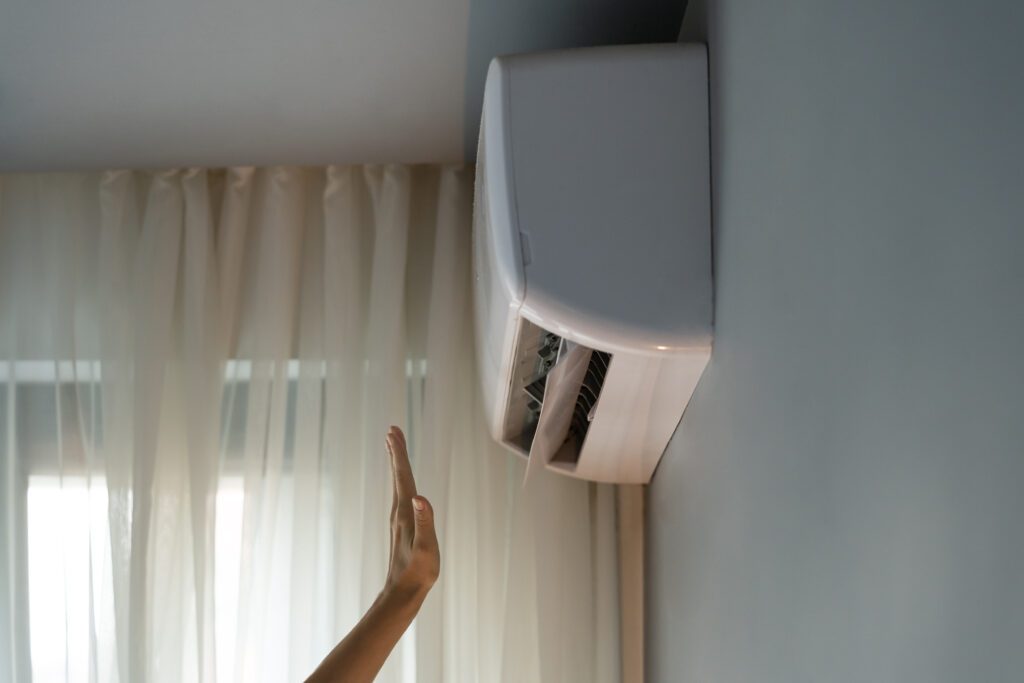
Reducing your AC usage doesn’t mean suffering in the heat. With a few simple adjustments, you can stay comfortable while lowering your energy bills.
When it comes to reducing AC usage, there are additional strategies beyond just adjusting your thermostat and utilizing natural ventilation. These methods can further enhance your energy-saving efforts and contribute to a more sustainable lifestyle.
Adjusting Your Thermostat Settings
One effective way to reduce AC usage is to adjust your thermostat settings strategically. During the summer months, set your thermostat to a higher temperature while you’re away from home. This will prevent your AC from running unnecessarily and save energy. You can also consider using a programmable thermostat to automatically adjust the temperature based on your schedule.
Utilizing Natural Ventilation
Natural ventilation can significantly reduce your reliance on AC. During cooler parts of the day, open windows and doors to let the fresh air in. Use fans strategically to circulate the air and create a cooling breeze. This natural approach can be both energy-efficient and refreshing.
Another way to enhance natural ventilation is by strategically placing houseplants near windows and doors. Plants not only add a touch of greenery to your space but also help purify the air and regulate humidity levels, creating a more comfortable indoor environment.
The Importance of Regular Maintenance
Regular maintenance is key to keeping your AC system running smoothly and efficiently. Schedule yearly tune-ups with a qualified HVAC technician to clean filters, check refrigerant levels, and inspect for any issues. Proper maintenance can improve AC performance, extend its lifespan, and help you save on energy costs.
In addition to annual professional maintenance, you can also take proactive steps to keep your AC system in top condition. This includes regularly changing air filters, clearing debris from outdoor units, and ensuring proper airflow around vents and registers. By staying on top of these maintenance tasks, you can maximize the efficiency of your AC system and minimize the need for costly repairs in the future.
Energy-Efficient Alternatives to AC
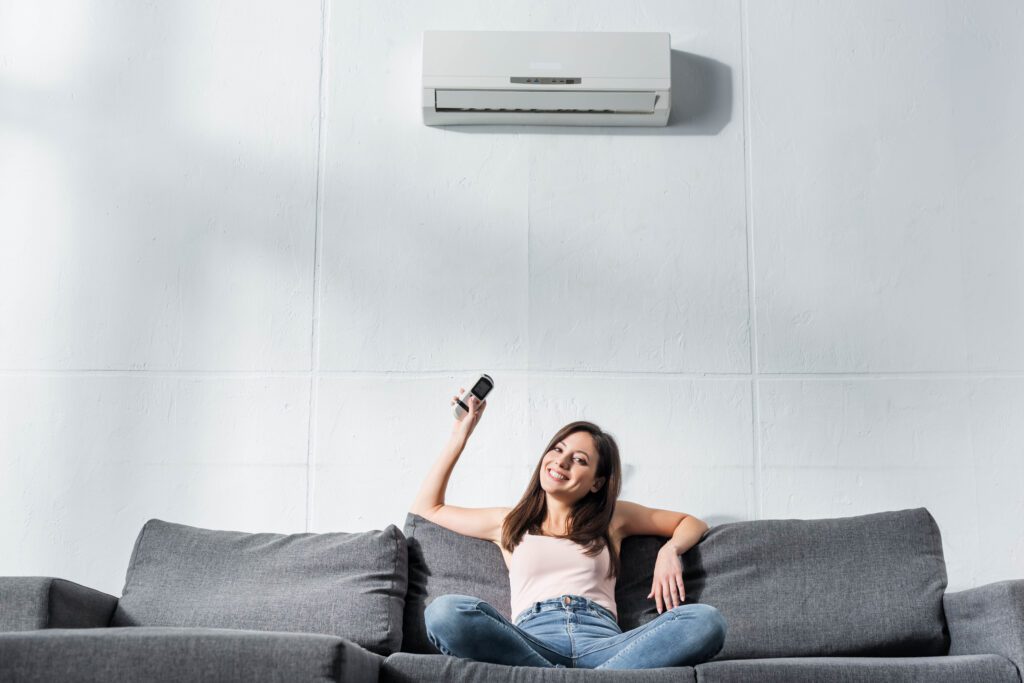
While AC is a popular cooling option, there are other energy-efficient alternatives worth considering. Making informed choices about how to cool your home can not only help reduce your energy consumption but also lower your utility bills.
Exploring different cooling methods can also have a positive impact on the environment by decreasing your carbon footprint. By opting for energy-efficient alternatives, you are taking a step towards a more sustainable lifestyle.
Exploring Portable Fans
Portable fans are a cost-effective way to stay cool without relying solely on AC. They use a fraction of the energy compared to air conditioners and can be easily moved around your home. Placing fans near windows can help draw in cool air and improve overall airflow. Additionally, using fans in conjunction with your AC can help distribute cool air more effectively throughout your living space.
When choosing a portable fan, look for features such as adjustable speed settings and oscillation to maximize its cooling capabilities. Positioning fans strategically to create cross-ventilation can also enhance their efficiency in circulating air and maintaining a comfortable temperature.
The Benefits of Evaporative Coolers
Evaporative coolers, also known as swamp coolers, are another energy-efficient alternative to AC. They work by evaporating water to cool the air, rather than using refrigeration. Evaporative coolers are most effective in dry climates and can provide a significant reduction in energy consumption. These coolers also add moisture to the air, which can be beneficial in combating dry indoor air during hot weather.
When using an evaporative cooler, it’s important to ensure proper ventilation to prevent humidity buildup in your home. Regular maintenance, such as cleaning and replacing the cooling pads, is essential to keep the unit running efficiently and effectively.
Considering Whole House Fans
A whole house fan is a large fan installed in the attic that pulls cool air into the house and exhausts hot air outside. It provides effective cooling while using much less energy than an AC unit. Whole house fans are particularly beneficial during the evening and early morning when outdoor temperatures are cooler. By harnessing the natural coolness of the evening air, whole house fans can help lower indoor temperatures and reduce the need for mechanical cooling.
Installing a whole house fan requires careful consideration of your home’s layout and ventilation needs. Proper insulation and sealing of your home are crucial to maximize the efficiency of a whole house fan and prevent energy loss. Additionally, combining a whole house fan with other energy-saving measures, such as shading windows and using ceiling fans, can further enhance your home’s cooling capabilities.
Home Improvements for Better Cooling
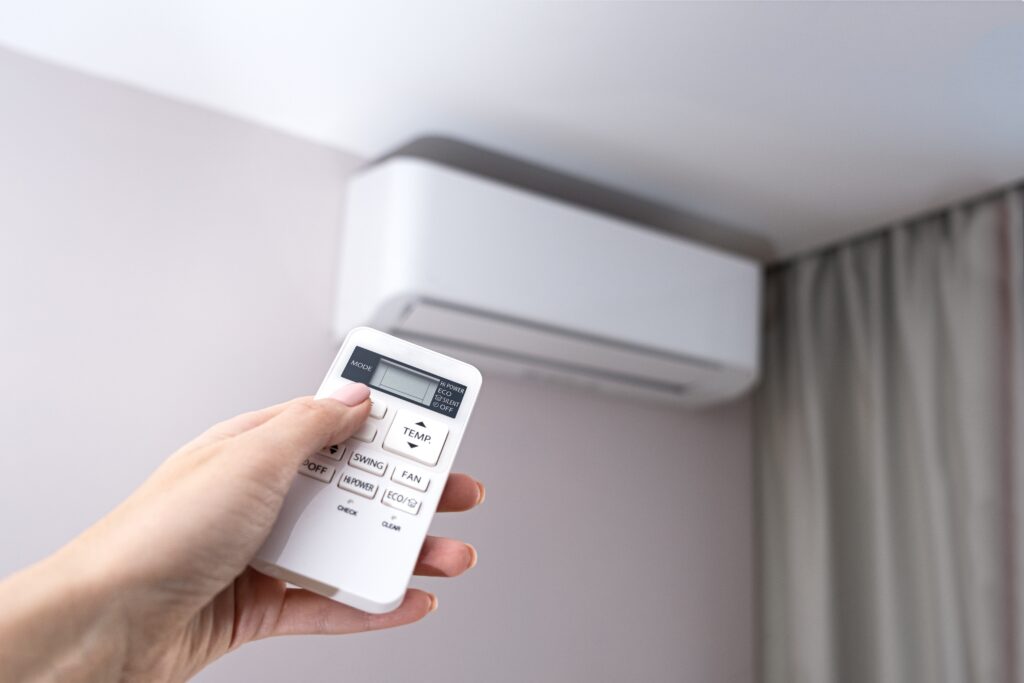
In addition to adjusting your AC usage and exploring energy-efficient alternatives, there are home improvements you can make to enhance cooling and reduce AC costs.
Insulation and Sealing: A Cost-Effective Solution
Proper insulation and sealing are often overlooked but can have a significant impact on your home’s cooling efficiency. Adding insulation to your walls, attic, and ductwork prevents cool air from escaping and hot air from entering. This not only keeps your home cooler but also reduces the strain on your AC unit, leading to lower energy bills.
When it comes to insulation, there are various options available, including fiberglass, cellulose, and spray foam. Each has its own benefits and considerations, so it’s important to consult with a professional to determine the best choice for your home. Additionally, sealing gaps and cracks around windows and doors also helps minimize heat transfer, ensuring that your AC system doesn’t have to work harder than necessary.
The Impact of Window Treatments on Indoor Temperature
Window treatments, such as blinds, curtains, and shades, can play a crucial role in regulating indoor temperature. During the day, close curtains or blinds to block out the heat from the sun. Opt for light-colored window coverings that reflect heat instead of absorbing it. This simple adjustment can make a noticeable difference in keeping your home cooler and reducing the need for excessive AC usage.
Moreover, investing in energy-efficient window treatments can provide additional benefits. For example, some blinds and shades are designed to trap air between the window and the treatment, creating an extra layer of insulation. This can help maintain a comfortable indoor temperature while reducing the load on your AC unit.
Landscaping for Natural Shade
Strategically planted trees and shrubs can provide natural shade and help cool your home. Planting leafy trees on the south and west sides of your house can block direct sunlight, reducing the need for constant AC use. Not only does this help with cooling, but it also adds beauty to your outdoor space.
When selecting trees for shade, consider their growth rate and size at maturity. You want to choose trees that will provide adequate shade without overwhelming your property or obstructing any views. Additionally, creating shade around your outdoor AC unit can improve its efficiency. By shielding it from direct sunlight, you can help prevent the unit from overheating and ensure it operates optimally.
By implementing these home improvements, you can significantly enhance your cooling efficiency and reduce AC costs. Remember, a little planning and a proactive approach can go a long way in keeping your energy bills in check while maintaining a comfortable indoor environment.


